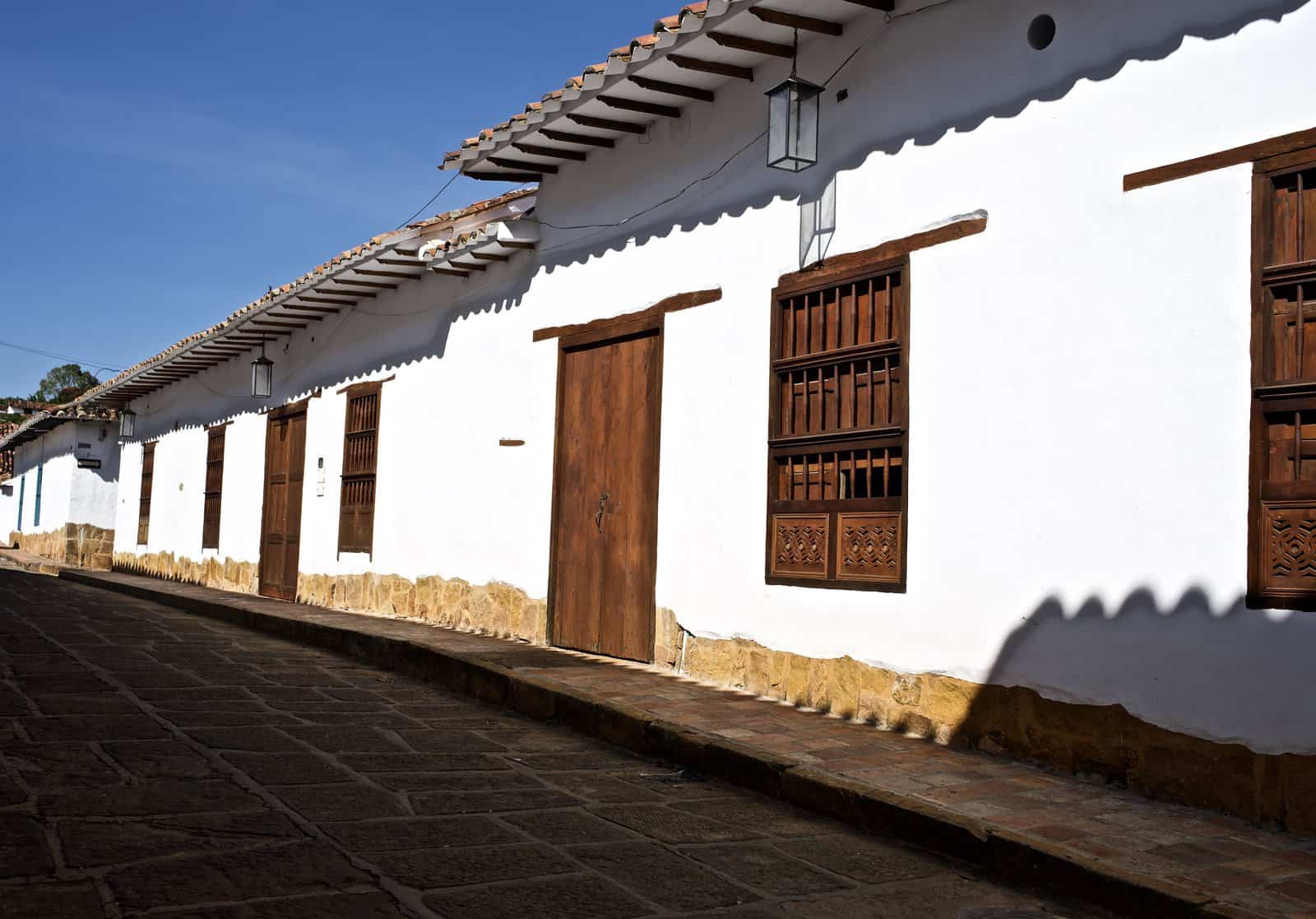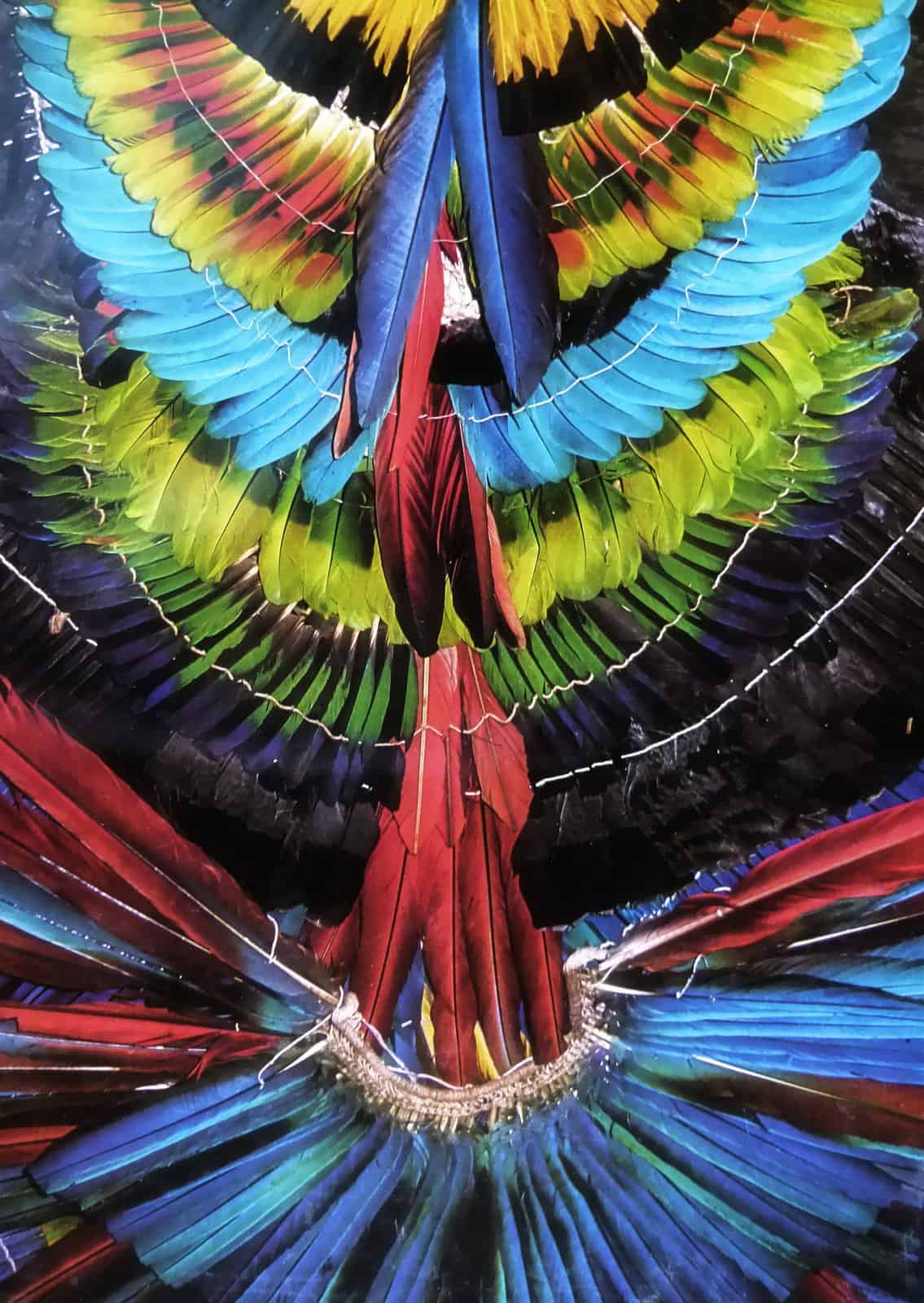In the beginning of July, Tomás Houdely was packing his bags to travel from Santiago de Chile to Montreal. By the middle of the month, he had already set up a subsidiary of his company Aintech, a manufacturer of biocides made with Chilean copper nanoparticles, in the Canadian city. This company, founded in 2019, is one of the most extraordinary corporate prospects in the entire region.
Aintech will use its entry into Canada primarily to patent and protect its inventions across North America. Once this is done, it will enter the huge U.S. market in 2023, the European market in 2024 and if all goes well, it will achieve the usual goal of startups, to make a public offering of its shares (IPO), in 2027. Surprising? Perhaps not for a startup that, like others, is moving faster than its founders’ dreams. But Aintech has a history that puts it in a class of its own.
The firm launched the first product in 2020. It had been developed and marketed by five people working in a laboratory of 35 square meters and an office of another 35 meters.
Before the Covid pandemic, they had tested a disinfectant dissolved in quaternary ammonium, which is a kind of chlorine, on Transantiago buses. The solvent fixes the copper particles on surfaces and keeps them in a metallic state for up to seven days, which prolongs the effect against bacteria and viruses. When the pandemic began, they were ready to launch it along with a disinfectant spray dissolved in alcohol.
With the first million dollars they raised in a pre-seed round, and in the midst of the pandemic, they expanded their operation and they went from zero sales to US$1.4 million in 10 months.
What’s new
In hospitals and food chains, Houdely explained, huge amounts of quaternary ammonium are used to disinfect and control smells. The long shelf-life of Aintech’s product substantially reduces the amounts of the chemical used and cuts the environmental impact caused by the extraction and processing of ammonium and disinfection wastewater pollution.
Walmart Chile, one of its customers, used 200 million liters of water per year in the areas where they process food, which is equal to the annual consumption of 3,000 families. Aintech’s product reduced such a consumption by 66%. In addition, they were required to implement cleaning protocols in their premises once a day and, today, they only have to do it once a week; these are benefits provided by Aintech’s “Long Lasting” technology, highlighted Houdely.
With Chilean cement company Melón, they developed Coppermix, a solution to be used in concrete in places such as hospitals and street furniture, where disinfection is important. “Creating a product which results in disinfection being permanently eliminated is a breakthrough in technology,” said Rodrigo Herrera, manager of Melón’s Hormigones Urbano.
But, like with most entrepreneurial successes that happen ‘overnight,’ Coppermix’s development took more than 2 years. “The experience brought two totally different worlds together. We both got to know each other’s reality and our knowledge grew,” added Herrera.
While selling these products that do wonders for the environment and for their buyers’ financial statements, in 2021, they won an open innovation award from Rio Tinto and Endeavor and placed in the top 10 at the Entrepreneurship World Cup. In 2022, GS1 named them the most innovative product of 2021.
New stage
Now, the entrepreneur pointed out, they are focusing on producing a hyperconcentrate of their biocide. This is not a final product but something similar to, as Houdely himself describes it, Coca-Cola extract. They license its applications so that end-users “dilute” it and make some final modifications and use it in many different areas.
For Houdely, the example of his new business model is Intel. Such a brand’s processors are in many different manufacturers’ computers and in a huge variety of industries.
“We don’t want to export finished products, but to be part of a collaborative economy scheme,” he said. That way, it would be no surprise if they ended up partnering on projects with Dow or Dupont,
It also makes environmental sense because they do not export extracts nor water and plastic between countries. Today, they sell in Brazil, Mexico, Colombia, Panama and Peru.
The strategy, perhaps told with these arguments, went down well with investors, who gave Aintech US$8.5 million in its seed round in May.
Of course, the figures that were on their pitch deck must have also caught their attention. In 2020, Aintech sold US$2 million, in 2021 US$3 million and in 2022 they will reach US$9 million. Their founder’s forecast is that they will multiply that figure by three, every year for the next three years, up to US$240 million in 2025.
Investors certainly also heard the plans that Aintech has in mind for the next few years, which are goose bump-giving (in the best sense).
By optimizing the chemicals used in concrete, in 2023, Aintech will launch a mix that saves 30% of the water required to build with concrete.
Moreover, some of the 40 people working in the company (10 of them with PhDs), in what has become the largest nanoscience laboratory in Latin America, are developing, together with the National Research and Development Agency, ANID, an additive for catalytic converters that could reduce by half the emission of greenhouse gases from combustion engines. If it works well, this invention would touch the core of the enormous problem of car emissions, which represent 8% of total emissions on the planet.
“We strongly believe that the work, research and developments being carried out in the lab will translate into future innovative solutions for many problems found in different types of industries,” said Lionel Haddad, CEO of the seed round’s majority investor, Tridan innovation.
Coda
Nanotechnology allows the use of very small volumes of raw materials to achieve results such as those mentioned. With more widespread use of such procedures, the truly chilling story about our present consumption of 1.7 times what the planet produces could be cut to 17%, concluded Tomás Houdely.
Judging by what has already been done by this 33-year-old entrepreneur, an already seasoned discoverer in the field of nano-applications and possibly someone who will lead his company to unicorn status very soon, the road to 17 is possible. Let’s hope it is so!



